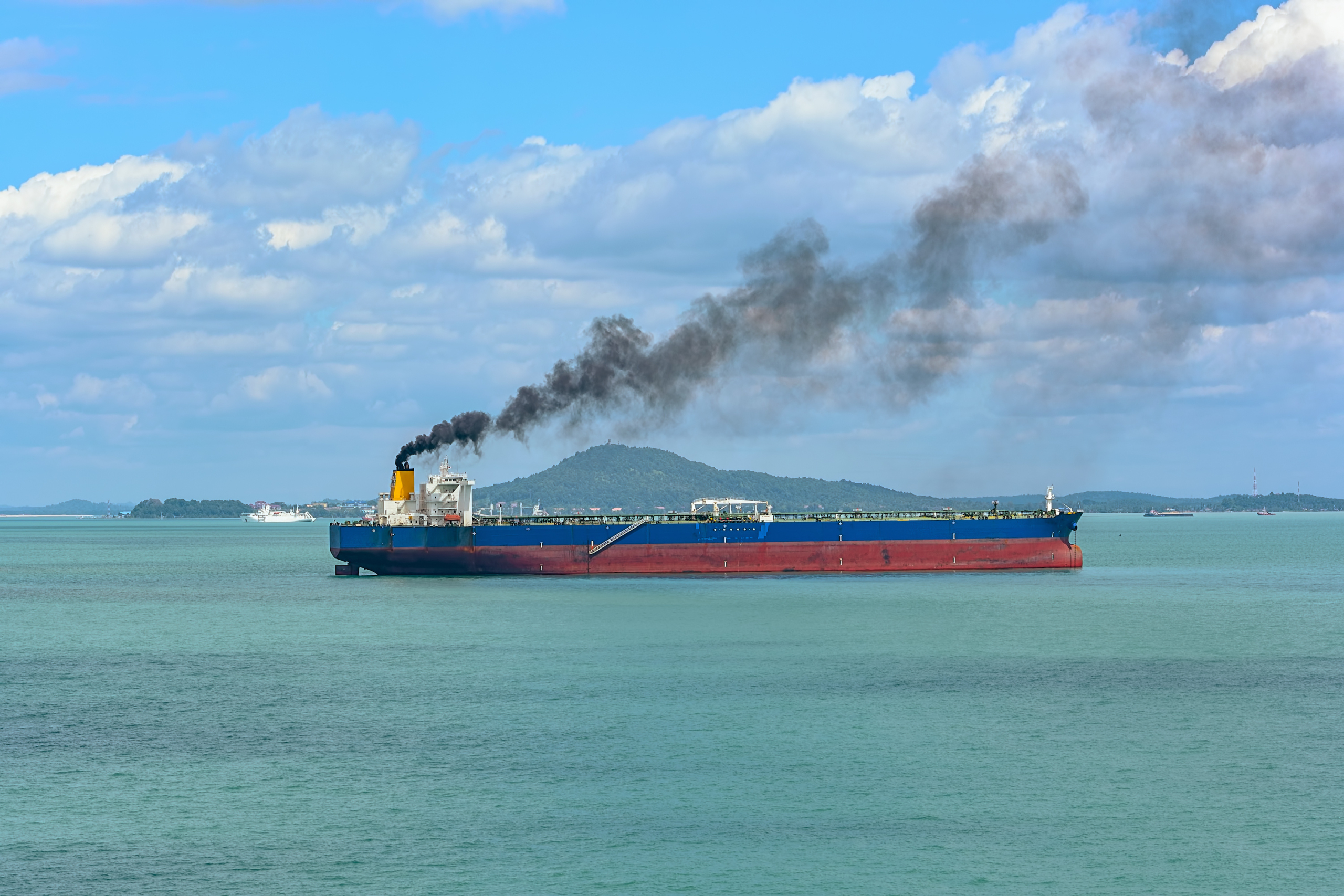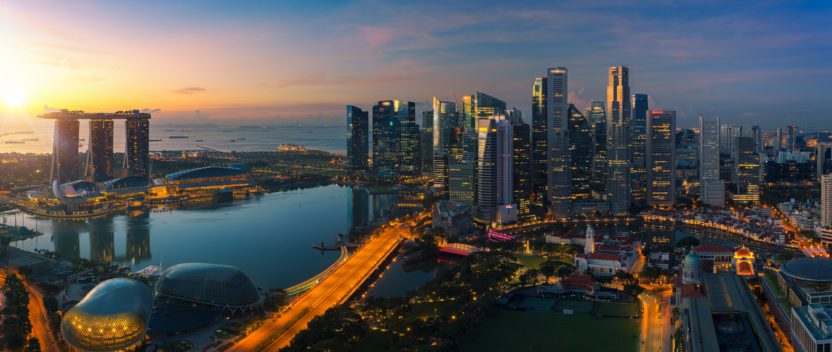And now, the good news?

There will be no cheap fuel in future is the common refrain of experts whose job it is to parse the flow of information around the pathways to decarbonisation to shipowners. Choose your pathway with care, they say but don’t expect its price to have much relevance compared to fossil fuels.
In fact the deployment of zero-emission vessels – if such things ultimately prove possible – will require significant modification of the existing shipping value chain. It will involve new forms of collaborative and contractual relationships and in the early stage of the journey toward shipping decarbonisation, this new value chain will need to exist in parallel with conventional marine fuels.
According to a report just released by the Global Maritime Forum produced by the Energy Transitions Commission suggests that the pilot projects needed to develop end-to-end zero-emission fuels will require collaboration between fuel producers, bunkering suppliers, classification societies and regulatory authorities, engine, fuel storage equipment providers and ship builders, vessel operators and owners, cargo owners, financial institutions and governments.
So basically everyone. As an aside let’s not forget just how good those stakeholders have been at co-operating in the past. This time of course, is different. This time it’s carbon, it’s do or die, float or flood. As the GMF notes, the development of end-to-end zero-emission pilot projects will present a completely new set of opportunities, investments and operating considerations for the maritime industry.
It recognises too that for the first movers at all stages of the value chain, the shift to zero-emission fuels will represent a significant cost differential. Its first analysis focuses on green (ie renewable) ammonia and green methanol in pilots involving containerships.
Key to the process is de-risking large scale pilot projects but before that stage is reached there remain some more prosaic hurdles to jump.
The first set of challenges relates to the reliability of zero-emission technologies, which are currently at different stages of development. With the exception of LNG (which the report does not consider) and Methanol, the use of alternative propulsion and storage systems has not yet been demonstrated at scale for ammonia and hydrogen options despite these being regularly touted as ‘solutions’.
Both technology assessments and commercial-scale pilots will be essential to confirm their reliability and unlock large-scale deployment. Industry leaders will in particular need to address perceived fuel safety risks and regulatory hurdles.
Industry perception of fuel safety risk is that the physical properties of methanol, ammonia and hydrogen make them either more flammable or more toxic than conventional HFO. Fuel-specific safety and handling procedures can mitigate against these risks: all three fuels are indeed already being transported by ships and in the case of Methanol used as fuel.
Clear industry guidelines as well as more extensive experience of their use as marine fuels for commercial-scale operations should address remaining concerns. Safety and fuel handling regulations – established either by IMO or by domestic regulators – must be passed for any new marine fuel. This requirement has already been met for Methanol. For ammonia and hydrogen, whilst they are already transported as cargo, those regulations are not yet in place and will need to account for the toxicity and flammability risks of each fuel.
Fuel providers have several levers at their disposal to significantly reduce capex related to zero-emission marine fuel production, including repurposing existing fuel production facilities and sourcing least-cost equipment (in particular electrolysers from which green fuels are produced) from international vendors.
What would make the biggest difference to total cost of ‘first mover’ pilots, though, are mechanisms that would enable marine fuel providers to access low-cost renewable electricity. Halve the cost of access to power and you might reduce the cost of zero-emission fuels by a third. This could be achieved through location-based cost optimisation, long-term power purchase agreements, as well as exemptions and waivers on power network and grid charges.
The report considers in depth the needs of a scaled-up pilot program but observes that a range of public investment support tools – including subsidies and loan guarantees – could reduce the cost related to investment in electrolysers and synthesis equipment.
For the purpose of testing the reliability of new fuels throughout the shipping value chain, there might be a case for a transitional use of ammonia and methanol produced from non-renewable hydrogen as an interim move before a transition to green fuels, it adds.
The shipping sector should also actively participate in the development of new fuel clusters, in particular around hydrogen – some examples of which are already emerging – which will serve several sectors of the economy. These clusters would enable to scale-up the production of green hydrogen and hydrogen-based fuels, while sharing energy infrastructure costs more widely and reducing offtake risks for fuel providers – potentially reducing fuel costs by up to 20%.
In other words the industry will have to engage with its fuel providers in a way never before seen, or at least not witnessed by many working in the industry today. It has been the industry’s blessing and curse that for years it took the bottom of the barrel and aside from crude price volatility, suffered little.
The good news, according to the GMF is that the potential cost to the end consumer of a shift to zero-emission shipping is relatively low, given that freight costs are generally a minute portion of consumer prices. For instance, the cost increase to a $100 high-end consumer product, such as a pair of shoes, would be less than 1.5% for either green ammonia or green methanol.
Gradually phasing out fossil fuels through a managed transition sounds like a reasonable plan but the task is daunting. Beyond digitalisation, beyond COVID, beyond trade wars and geopolitics it is the industry’s biggest challenge and its greatest opportunity.


